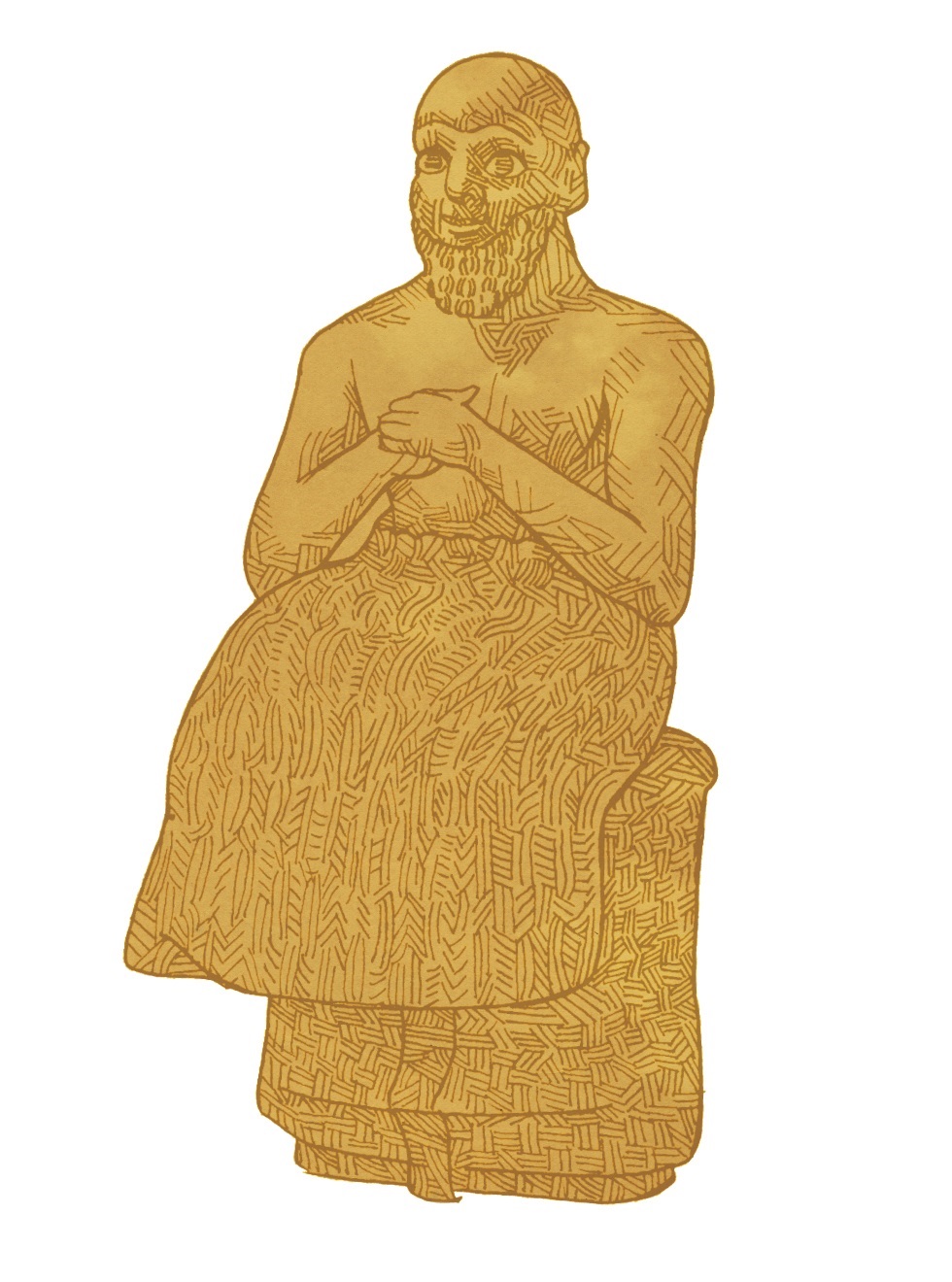A Form-Critical Rereading Of Hosea
DOI:
https://doi.org/10.5508/jhs.1998.v2.a1Abstract
This paper proposes a form-critical rereading of Hosea based upon synchronic literary criteria. Past scholarship generally argues that the book of Hosea articulates a message of judgment against Israel in three basic parts, Hosea 1–3; Hosea 4–11; and Hosea 12–14. Each component begins with material pertaining to Israel’s judgment, but concludes with material pertaining to restoration. This view is based upon redactional-critical criteria, and posits an original core of judgmental material against Israel that has been supplement and “softened” by later texts concerned Israel’s restoration. A rereading of the book in relation to its formal syntactical and semantic features indicates a very different structure in which an anonymous narrator presents Hosea’s prophecy are parenetic appeal to Israel to return to YHWH by abandoning its alliances with foreign powers, specifically Assyria and Egypt. Although Hosea’s oracles were originally delivered in the north, the present form of the book is directed to a Judean audience, and may be read in relation to the reigns of either Hezekiah or Josiah.Downloads
Published
1999-12-31
How to Cite
Sweeney, M. A. (1999). A Form-Critical Rereading Of Hosea. The Journal of Hebrew Scriptures, 2. https://doi.org/10.5508/jhs.1998.v2.a1
Issue
Section
Articles

 Statue of Ebih-Il, drawing by Simeon Goa, © Journal of Hebrew Scriptures
Statue of Ebih-Il, drawing by Simeon Goa, © Journal of Hebrew Scriptures
